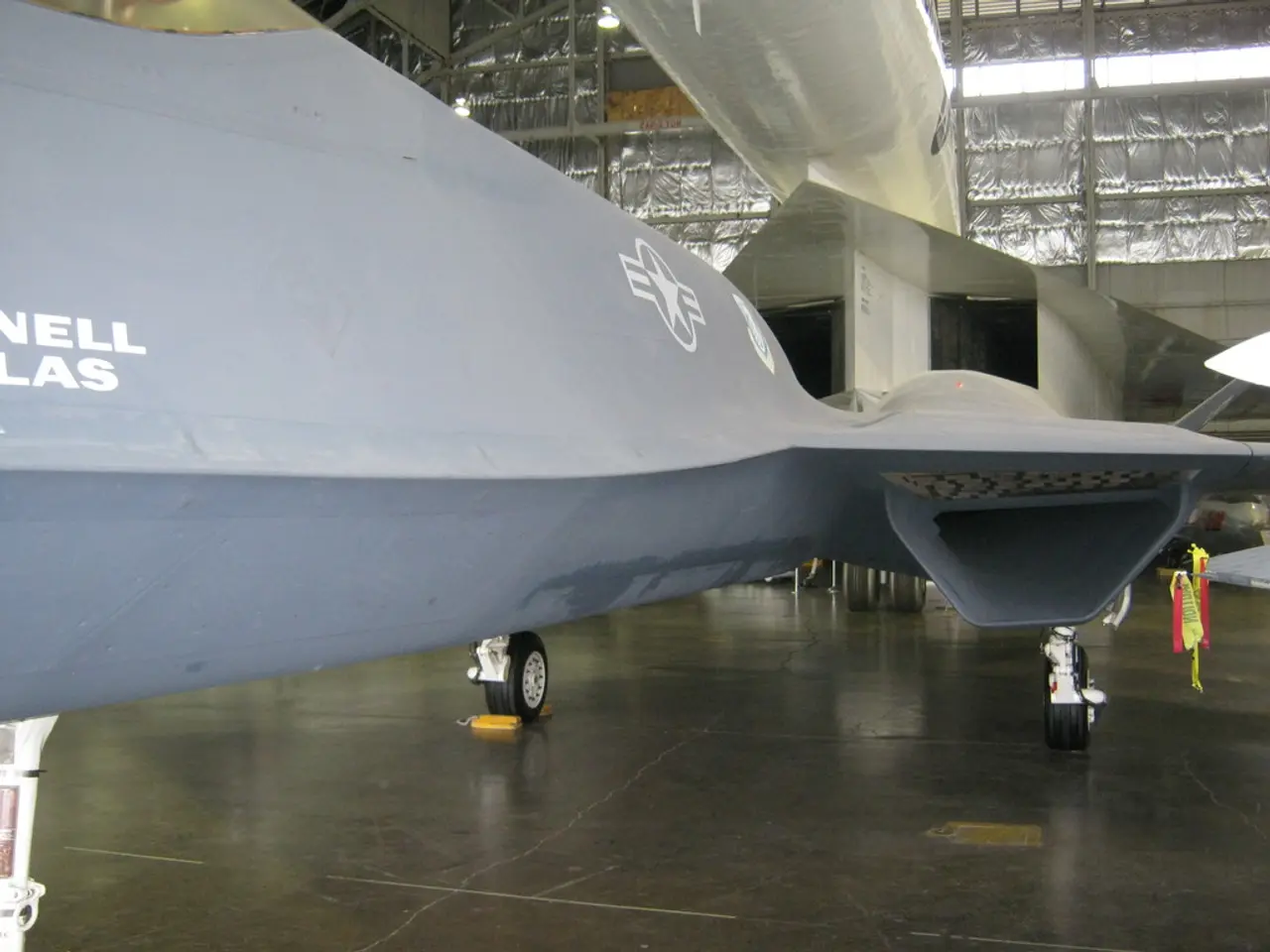Alert results in forced evacuation, turning out to be unfounded.
A Ryanair flight from Palma to Dublin was evacuated on Saturday due to a false fire alarm, resulting in 18 people receiving medical treatment, six of whom were taken to a hospital. The incident has once again brought to light the importance of emergency slides on wing exits during evacuations, particularly on medium-haul jets.
The commotion stemmed from a false fire alarm in the cabin, leading passengers to evacuate via emergency exits. However, in some cases, the absence or malfunction of emergency slides on wing exits can complicate matters, as passengers may have to jump from a height onto the tarmac. This was the case on a Ryanair flight in 2018, where passengers had to jump from around three meters onto the ground due to a lack of slides.
While regulations require emergency evacuation slides on all passenger exit doors, including those over wings on medium-haul jets, real-world incidents show that either slides may malfunction or passengers may bypass protocols, risking injury. The lack or failure of emergency slides on wing exits during evacuation can lead to dangerous jumps onto hard surfaces, causing harm and complicating rescue efforts.
For instance, a Southwest Airlines flight from Phoenix to Dallas had to make an emergency landing in 2018 due to an unusual smell and smoke in the cabin, resulting in passengers evacuating via the emergency exits over the wings and two people being injured.
The Boeing 787 Dreamliner, a medium to long-haul aircraft, is designed with emergency evacuation slides on all exit doors, including those on wings, to enable rapid and safe evacuation. This is typical for modern aircraft to meet safety regulations. However, there have been cases where emergency slides on wing exits were either unavailable or not deployed.
In such situations, passengers may attempt to jump from the wing directly onto the ground or tarmac, increasing the risk of serious injuries such as fractures or sprains. Panic and chaos can also result if the usual evacuation routes are blocked or if slides fail to deploy, undermining crew coordination and slowing down the evacuation process.
It is crucial to use the nearest functional exit with slides to avoid unsafe evacuation methods. In the case of the Ryanair flight from Palma to Dublin, passengers had to return to the terminal but a replacement flight was organized quickly and departed the next morning. Ryanair confirmed that a small number of passengers sustained minor injuries during disembarkation and arranged for medical assistance.
The incident in Mallorca joins a series of similar near-misses during emergency landings or false alarms where people ended up on the wings and sustained injuries. Therefore, having fully functional, deployable slides on wing exits is critical to minimizing risks during evacuations.
- Despite regulations requiring emergency evacuation slides on all exit doors, including those over wings, real-world incidents reveal that these slides may malfunction or passengers might bypass protocols, potentially leading to dangerous jumps from the wings.
- In situations where emergency slides on wing exits are either unavailable or not deployed, passengers may resort to jumping directly onto the ground or tarmac, increasing the risk of serious injuries such as fractures or sprains.
- The absence or malfunction of emergency slides on wing exits can create panic and chaos, undermining crew coordination and slowing down the evacuation process, as seen in the Ryanair incident in Mallorca where passengers had to return to the terminal but a replacement flight was quickly organized.




